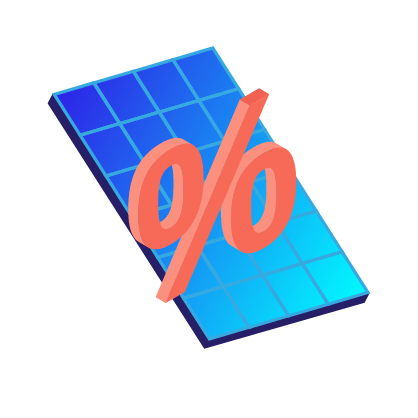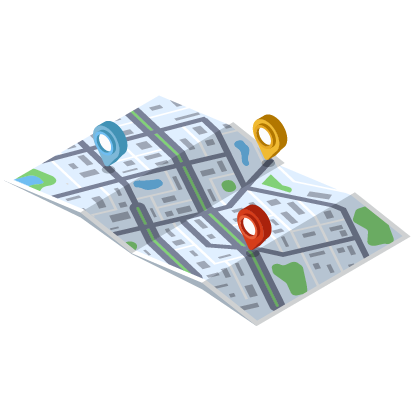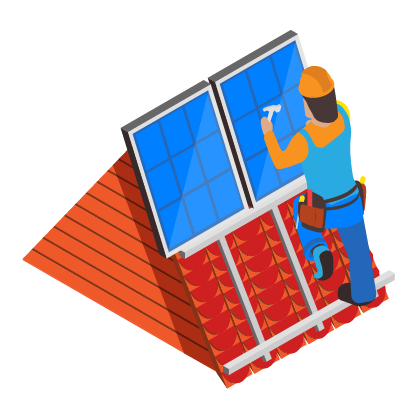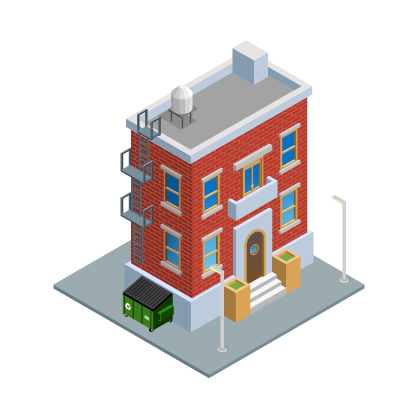Solar Panel Colors: Which Color Best Suits Your Home & Savings Goals?
When considering going solar, there are three main questions homeowners should try and answer:
- What is the right technology?
- Do I have the right contractor?
- Are the economics aligned with my objectives?
On the technology topic, it’s right for homeowners to consider the electrical properties and efficiencies of many components of their array, such as solar panels, inverters, and batteries. But going solar is a visible feature on your home, and how it looks is also important.
Tradeoffs of Different Color Solar Panels
Outside of very niche applications where solar cells and panels can actually be tinted specific colors (usually with a significant hit to efficiency), solar panels typically come in three basic designs: white, black, and transparent (aka bifacial).
But are solar panels actually three different colors? No. The color attributions reference the backsheet that sits behind the cells, which are all generally the same color (a very dark blue). So a “white” solar panel is actually blue cells placed on top of a white backsheet, which is visible around the edges of the modules and, depending on how the cell matrix is laid out, between the cells.
Black Solar Panels
Most homeowners in the US opt for an “all black” solar panel, and many manufacturers only manufacture an all black solution for the US market. But there are two important things to know about all black panels.
- They’re not actually black. The solar industry uses black as a shorthand to indicate the panel’s backsheet is color matched with the solar cells. These panels also have an all black frame. Solar cells themselves might appear slightly different shades of deep blue at low light angles (like early in the morning or evening), which is completely normal. But many homeowners will often question why their “black” solar panels aren’t exactly black.
- All black solar panels sacrifice efficiency for design. Heat is the enemy of silicon efficiency (it’s why your laptop has a fan), and all black solar panels absorb that heat more than a white backsheet panel. The black backsheet also absorbs sunlight more than a white backsheet panel, which can reflect light back onto the cell. This means an all black panel might have a rated capacity of about 5 watts lower than the panel would have with a white backsheet. A small trade-off for better looks. Looking to minimize this impact? Consider a solar panel with Heterojunction cells, which have better temperature coefficients that allows your solar panels to work a bit better in high heat.

An example of “black” solar panels featuring dark blue solar cells placed over a similar colored backseet.
White Solar Panels
While white backsheet solar panels offer the greatest efficiency, the downside is the design. There’s an interesting visual effect the eye makes going from a dark asphalt shingle roof, to a white backsheet, and then a dark blue cell matrix. Homeowners who are proud they’ve gone solar don’t mind this visual appearance, but it could potentially detract from the value of the home versus an all black system (but installing solar panels of any variety does increase the value of homes).
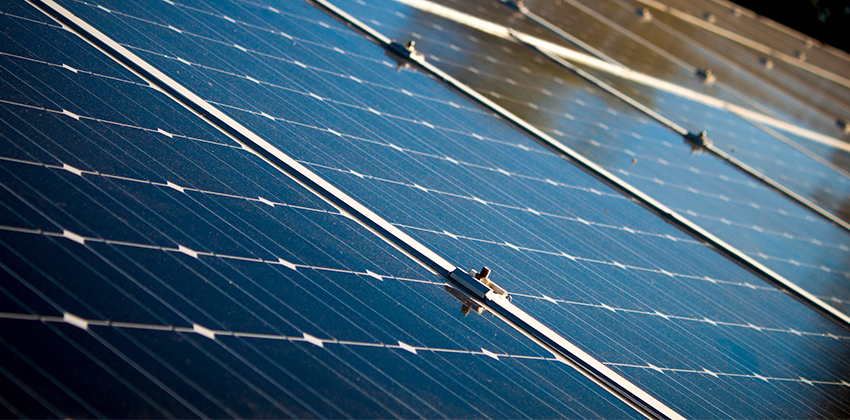
An example of “white” solar panels featuring dark blue solar cells placed over a white backsheet.
Transparent or Bifacial Solar Panels
And finally, there are bifacial solar panels. Bifacial panels typically have a transparent backsheet, which is designed to allow light to pass through it and allow the backside of the panel to produce power. In a large ground-mounted project, or laying panels above a white membrane roof, this bifaciality can add 10%+ more yield to an array. But in a typical residential application, where the panels are mounted just above a low reflective surface (low albedo if we’re being technical), bifaciality will have a minimal impact on system efficiency — maybe a fraction of a percent per year. While higher efficiency is never a bad thing, installing a bifacial panel can complicate the inverter sizing depending on the anticipated output.
Which color solar panels are best for my home?
Ready to discuss what solar panel is right for your specific application? Connect with a solar.com Energy Advisor to explore equipment options that align with our home energy goals.
Enter your zip code below to customize your project and get competitive proposals to compare online.
*




